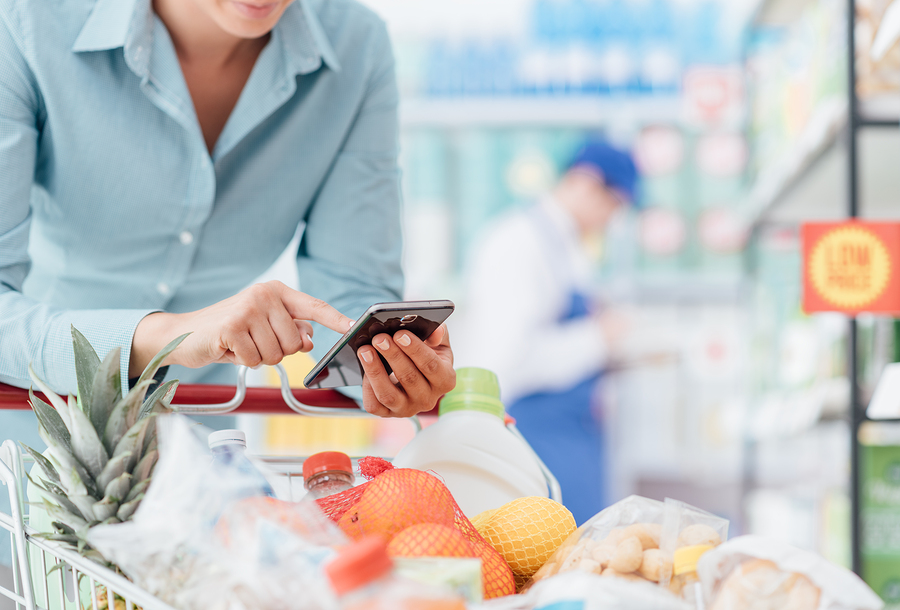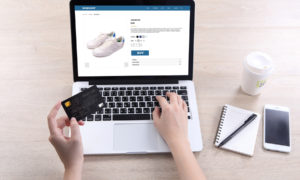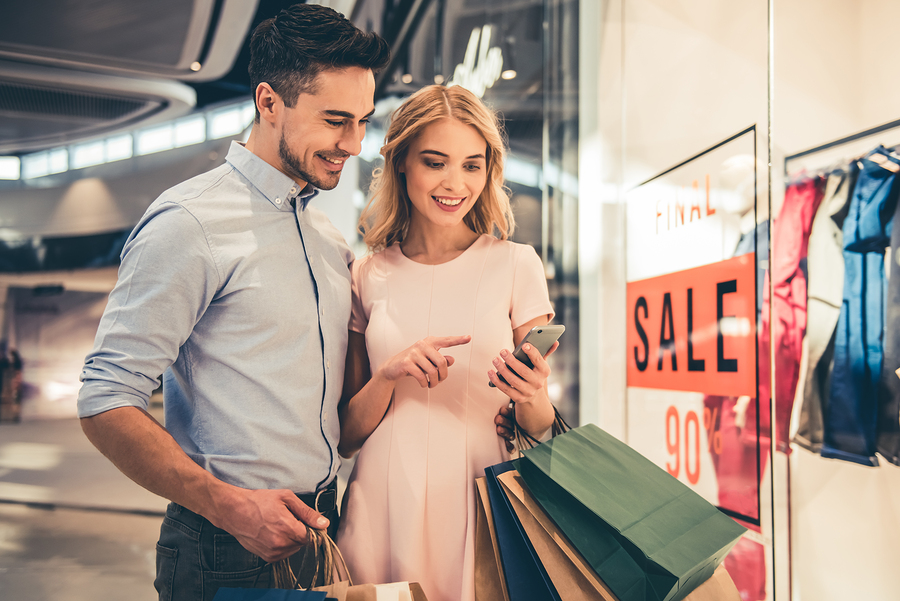Retail headlines are peppered with stories of brands like Toys R Us, J. Crew, and Sears closing up shop. However, strong sales tell a different story for retailers like Walmart, Target, and Safeway.
The latter all have something critical in common: they’ve all gone through digital makeovers to reinforce their omnichannel strategy. Thanks in part to adopting a digital culture, these retailers have not only boosted sales, but guaranteed relevance for the foreseeable future.
The retail industry is alive and well
Retail e-commerce sales are expected to grow by about 50% from $425.6 billion in 2018 to $638.1 billion in 2022. Those numbers don’t suggest an industry at risk of flatlining.
E-commerce growth going gangbusters isn’t just good news for online retailers, though. Brick-and-mortar shops with an omnichannel strategy will grow, as online buys drive in-store purchases.
For example, during the 2017 holiday shopping season, 90% of shoppers who chose to buy online and pick up in store (BOPIS) grabbed goods during the pick-up. If last year’s holiday shopping behavior is any indication of what we have to look forward to, retailers executing BOPIS by the end of the year will likely see gains.
If you’re a business hoping to be alive and lucrative in the coming years, you need a strategy to grow your digital offerings.
Package lockers boost profits
Package lockers are the latest tech-driven solution to join the retail party. Lockers offer unmatched convenience to BOPIS shoppers looking to skip the line and expedite the return process. And with the option to install refrigerated units, grocery and pharmacy retailers can deliver their goods via lockers, too.
With BOPIS becoming an increasingly popular delivery method for the time-strapped shopper, package lockers are a must for a full-fledged click-and-collect system. If you haven’t looked into this innovative delivery tool, it’d be prudent to do so as the holiday season looms.
Going mobile empowers customers
The smartphone is the modern-day Swiss Army knife. Folks are navigating, playing, and shopping their way through life via their pocket-sized computers.
Customers personalize their shopping experiences through their phone. As such, you should be accessible via Google, Facebook, Instagram, Snapchat, etc. You should also have a custom mobile app that will allow your customers to connect with your brand on another level.
Here are some things you can deliver via an app that are guaranteed to increase customer satisfaction:
- Coupons
- Product information
- Shopping lists
- Store locator
- Loyalty points
- Click-and-collect convenience
Additionally, you can use apps to capture customer data such as product trends, spending patterns, and shopping habits. Customer analytics are essential to improve business strategy, customer relationships, and direct marketing tactics.
Augmented reality is revolutionizing the shopping experience
The majority (61%) of shoppers will choose a store that offers an augmented reality (AR) shopping experience over a store that doesn’t. In just two years, 3% (or $122 billion) of revenue will come from AR shopping.
Retailers like Sephora, Zara, and Ray-Ban are using AR to differentiate themselves from the competition. Apparel businesses are using AR mirrors that allow customers to try on clothing without having to enter a dressing room. Furniture retailers like IKEA enable customers to see how furniture fits in their homes. Lux brands like Burberry are using Apple’s Arkit to develop customer relationships with their brand.
—
Taking cues from innovative retailers that have leveled up their digital shopping experience will ensure your brand remains a favorite with your customers.
Learn more about Smiota’s package management solutions for retailers.
Related reading




